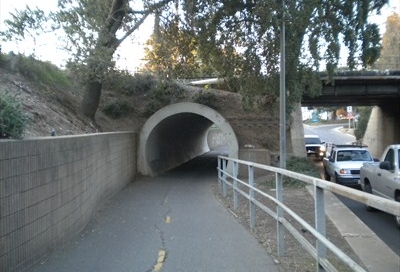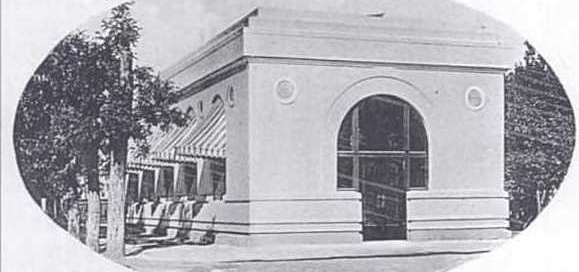A. J. Plant House (1910)
221 1st Street
This one and a half story Colonial Revival house which has a gambrel roof, indicating an influence of Dutch Colonial prototypes, was built by Albert June Plant, an important figure in early Davisville. A businessman and Notary Public, Plant kept minutes for both the first Davisville Chamber of Commerce and the Chamber’s State Farm Promotion Committee. As secretary, he was directly responsible for the Chamber’s 1905 publication, “An Ideal Spot for a University Farm” which gave many reasons for selecting Davisville as the site of the university farm. Plant, son of early Davisville residents Louis and Sarah Plant, started the Plant Grain and Warehouse Company on what is now the corner of 4th & G. Although both he and his wife Mary Ellen died at an early age, their oldest daughter Lois continued to live and look after the two younger children in this house.




